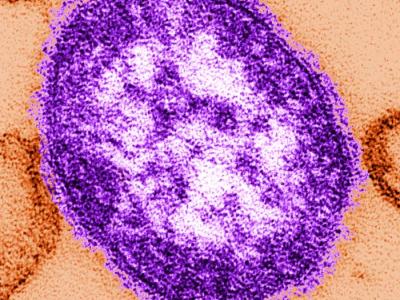
JAMA Network Open has published a new study showing that, from April 1, 2020, to February 27, 2023, in California, an estimated 146,210 COVID-19 cases were averted by vaccination in teens aged 12 to 15 years, representing a 37% reduction.
Researchers also estimated that 230,134 cases were averted in kids aged 5 to 11 years, a 24% reduction.
The study looked at COVID-19 infections in post-vaccination evaluation periods consisting of 141 days (June 10 to October 29, 2021) for adolescents aged 12 to 15 years, 199 days (November 29, 2021 to June 17, 2022) for children aged 5 to 11 years, and 225 days (July 17, 2022, to February 27, 2023) for those aged 6 to 59 months, according to study authors.
Biggest reduction in teens
From April 2020 to February 2023, California recorded 3,913,063 pediatric COVID-19 cases and 12,740 hospitalizations. During those times, statewide vaccine coverage reached 53.5% among adolescents aged 12 to 15 years, 34.8% among children aged 5 to 11 years, and 7.9% among those aged 6 to 59 months.
The biggest reduction attributed to vaccination occurred with older kids, and there was no evidence of reductions in COVID-19 cases statewide among children aged 6 to 59 months (estimated averted cases, −259; 95% prediction interval, −1,938 to 1,019).
Though there was no evidence in case reduction in the youngest kids, vaccination prevented an estimated 168 hospitalizations among children aged 6 to 59 months during the 225-day evaluation period.
These results support the use of COVID-19 vaccines to reduce COVID-19 incidence and hospitalization in pediatric populations.
"These results support the use of COVID-19 vaccines to reduce COVID-19 incidence and hospitalization in pediatric populations," the authors concluded.












